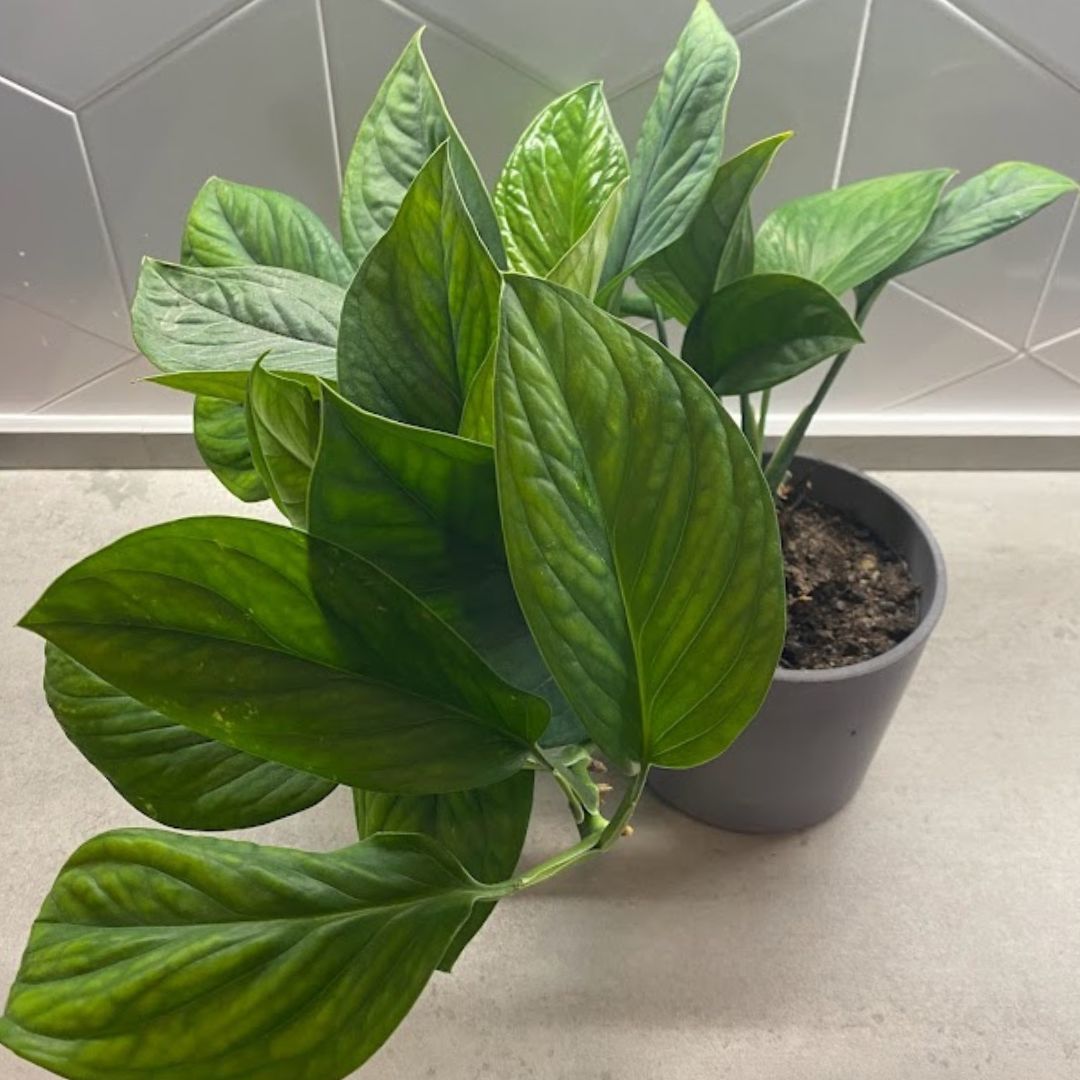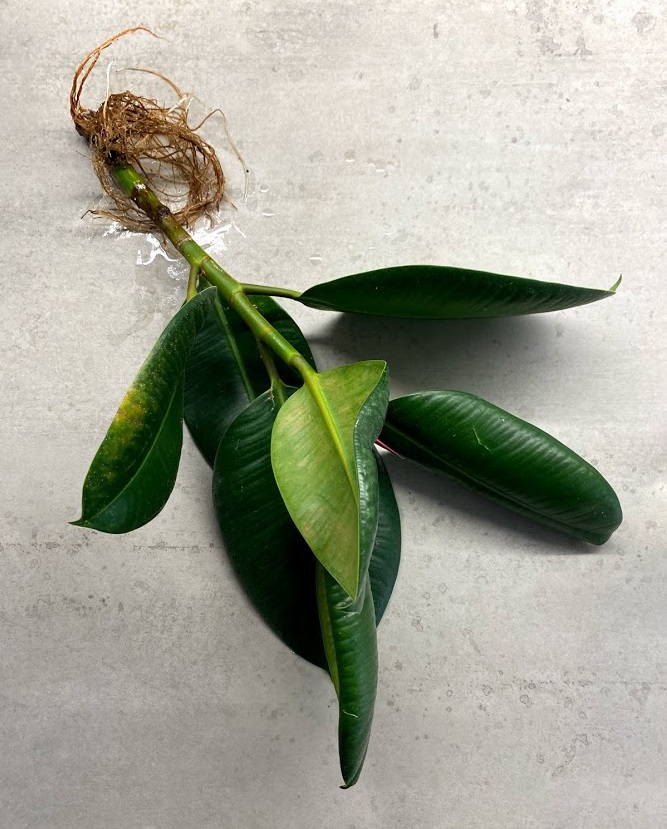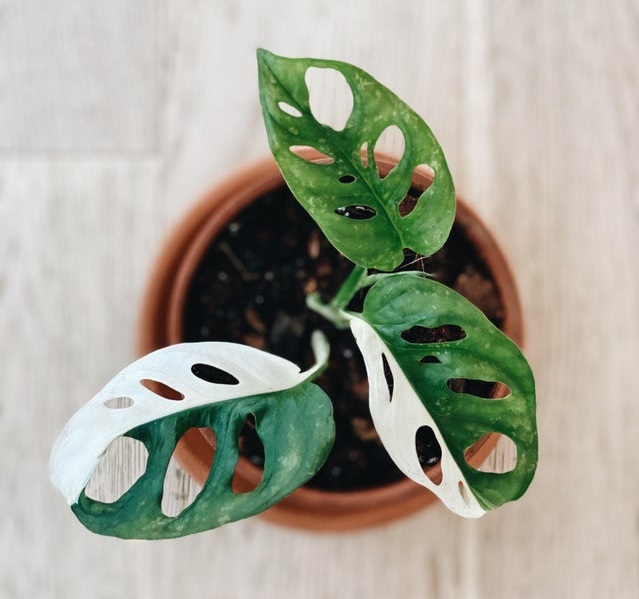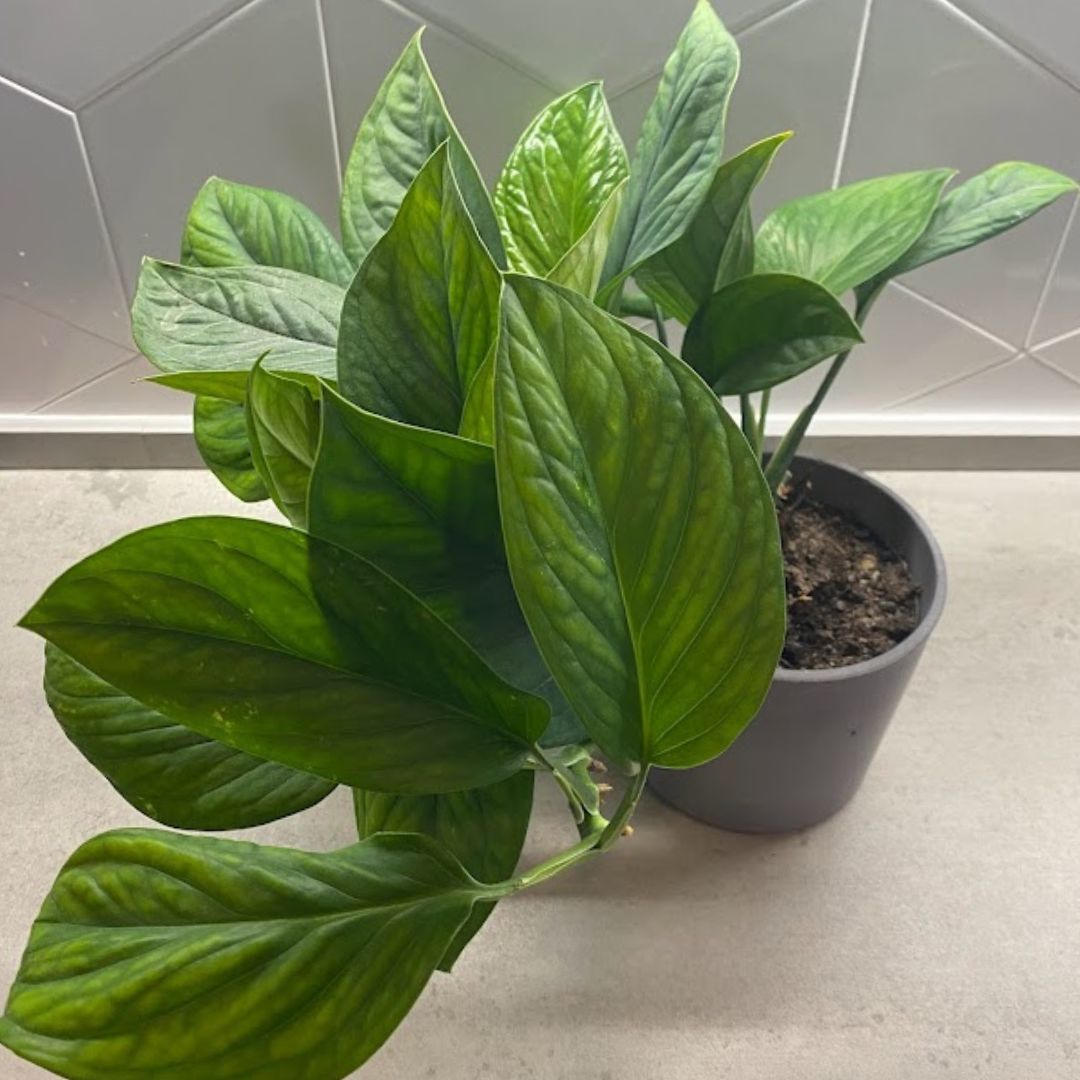
Monstera Pinnatipartita Care
The key to monstera pinnatipartita care is humidity and well draining compost…
Monstera Pinnatipartita Care Summary
| Light needs: | Plenty of indirect sunlight. |
| Watering needs: | Check weekly, water if almost all of the soil is dry. |
| Fertilizer: | High nitrogen feed once a month in spring and summer. |
| Soil: | A well draining potting mix with 20% perlite. |
| Humidity: | 50-60%. |
| Temperature: | 18-27°C (64-81°F). |
| Where to buy: | Try our list of Rare Plant Shops or Etsy. |
| Common issues: | Browning leaves due to overwatering. |
Introduction
I have a couple of these plants, they are often confused for the monstera peru the monstera pinnatipartita is known for it’s rough and bumpy leaves that will fenestrate as it matures. Without a doubt one of the most in demand plants of 2020, luckily it’s price has levelled out at something a bit more sensible recently.
I find them really easy to look after, mine are tolerant of most household conditions, and their leaves always look good even if I’ve been guilty of underwatering them sometimes!
See also: Monstera Pinnatipartita Propagation, Propagate Monstera Adansonii, Monstera Pinnatipartita Propagation In Leca, Monstera Propagation, Monstera Deliciosa Care, Monstera Pinnatipartita Care.
Tip: we recommend Etsy for buying plants. Look for the best rated seller you can, and try to buy as close to your home as possible so the plant does not travel too far.
A note about affiliate links: when you buy a plant, pots, soil, or other goods through links on this article we sometimes earn a commission. It doesn’t cost you anything, but it really helps us out if you do use them. Thanks a lot! An example of this is if you buy a plant on Etsy using this link. Read our privacy policy for more information. Thanks again.
Light Needs
Give it plenty of indirect sunlight to get the best out of it and encourage the quickest and fullest growth. You want to give them as much bright light as you can but with out direct sun which can burn the leaves.
How Often to Water A Monstera Pinnatipartita
Check the soil once a week and only water it if the soil is almost totally dry all. I love this plant but they can be susceptible to root rot if they are sat in heavy wet soil. You want to make sure you tip out any excess water after watering and don’t leave any in the saucer underneath the plant.
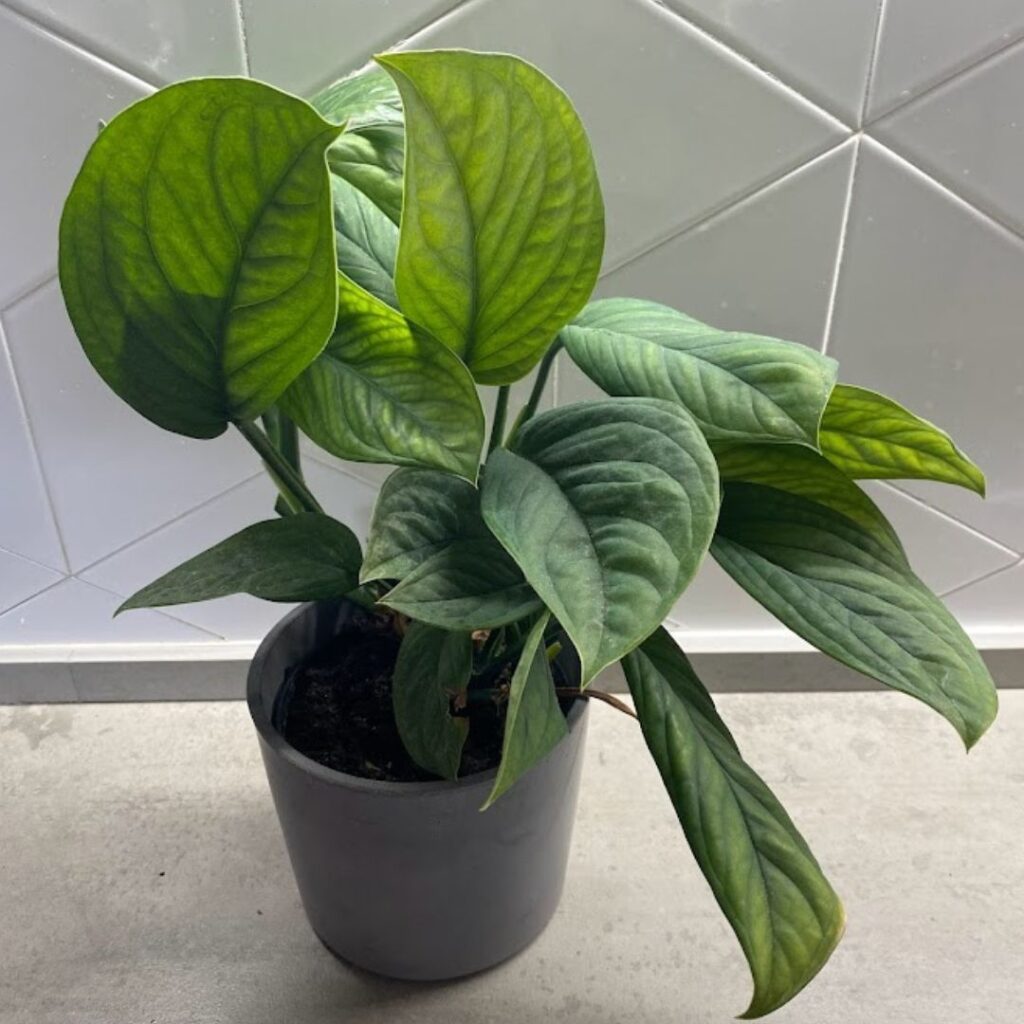
Fertilizer
Feed it a high nitrogen feed once a month in the spring and summer months to encourage foliage growth. I would start with a well diluted feed and gradually ramp up the dose to avoid fertilizer burn.
Soil
A well draining mix with plenty of perlite is ideal, you can add 20% perlite to a commercial potting mix to ensure adequate drainage and reduce the risk of root rot. For more on buying or making your own soil, see our guide here: Monstera Soil.
When To Repot
Repot once it becomes root bound, but in any case check it in spring by taking it out of it’s current pot, and repot it in time for the growing season if it needs it.
Tip: to encourage leaf fenestrations, give it something to climb on, and then be patient, they should split more as they get older.
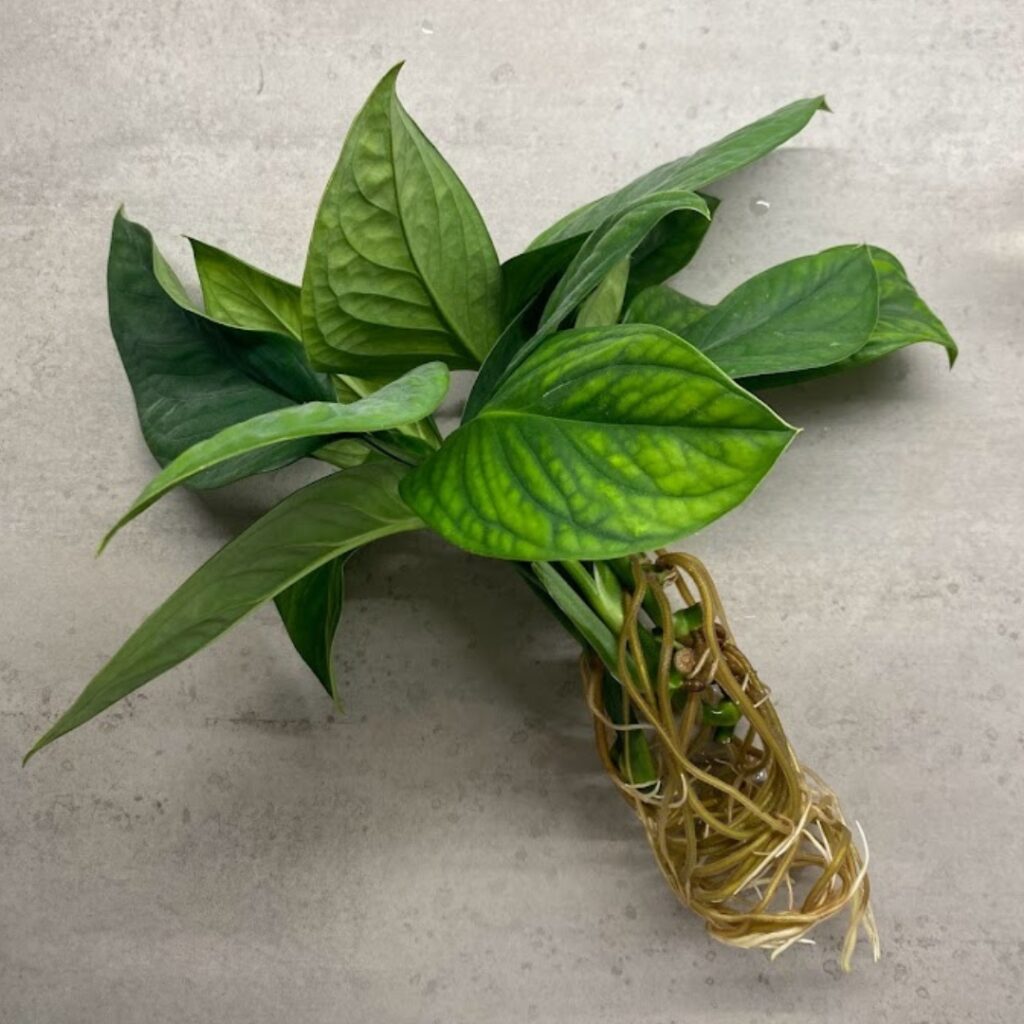
Humidity
This plan will do best in 50-60% humidity, so up the ambient humidity in your home with a humidifier or wet pebble tray. They will thrive if given decent humidity and you don’t want those beautiful leaves to crisp up.
Temperature
18-27°C (64-81°F) is optimal for this plant so it will be fine in most homes. Don’t let it get too cold in winter though, good minimum temperature is 10°C (50°F).
Monstera Pinnatipartita Propagation
Monstera pinnatipartita propagation is easy, you just need to take stem cuttings with at least one leaf and the attached node. Then let it callous over for an hour or so and pot it up into soil to root. You want to keep it as humid as possible to encourage rooting, so put the pot in a bag and almost seal it (leave a small hole for air to get in and out), make sure the bag does not touch the plant. Keep it moist and humid and give it plenty of indirect sunlight. It should root over the next few months and you’ll know it’s working once new growth appears at the top of the cutting. You can also use a clear plastic cup to pot it in and you can then see the soil which helps to know if the plant needs watering and you can see root growth too.
Tip: we go into much more detail about propagating monstera pinnatipartita in our guide here: Monstera Pinnatipartita Propagation. Covering water, soil and leca methods with step by step pictures. Also our leca specific guide: Monstera Pinnatipartita Propagation In Leca.
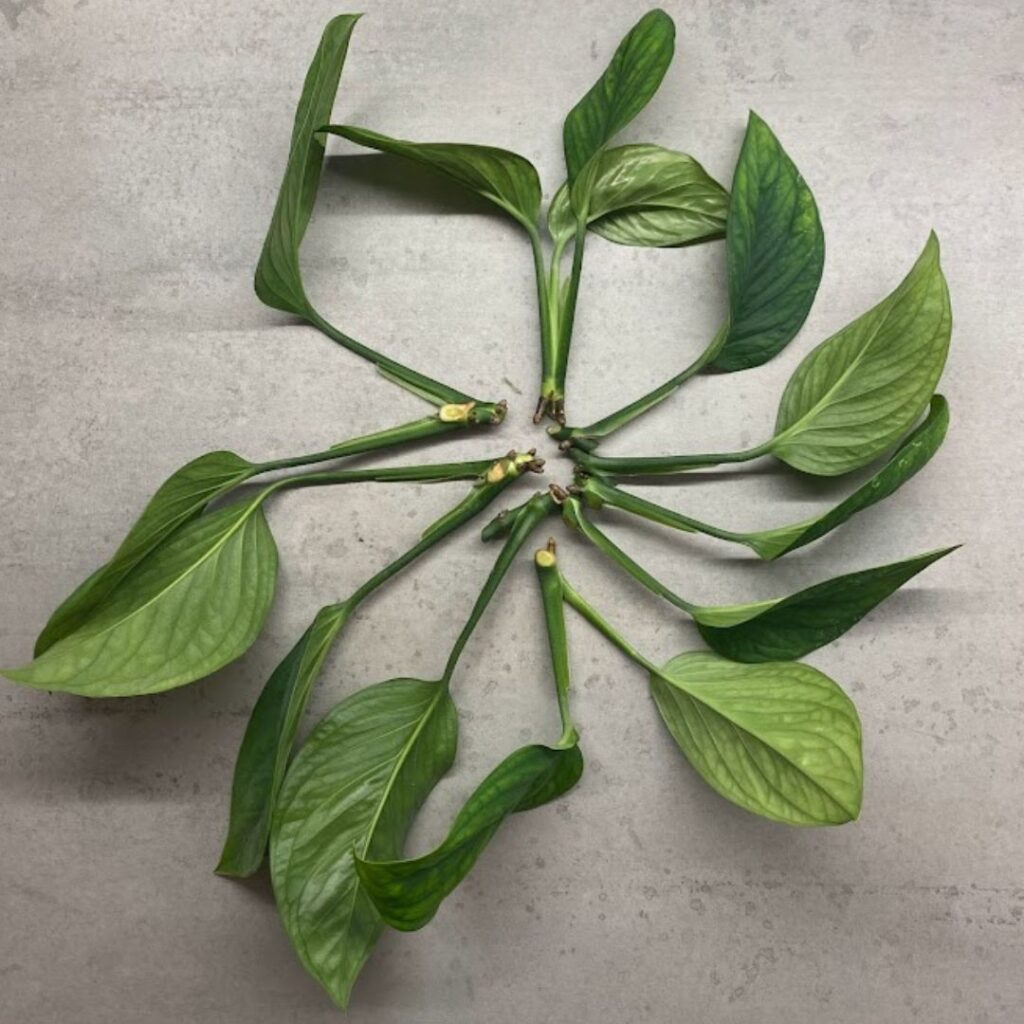
Monstera Pinnatipartita Runners
They can put out long thin stalks instead of leaves, this is because the plant needs to grow up something (like a tree in the wild), if they cannot find their tree (or moss pole) they can stop growing leaves and put out a long thing ‘runner’ which is trying to find something to climb up. once it finds a tree or moss pole it will put out leaves again. So you really want to give the plant a moss pole to climb up which will mean it grows more leaves and bigger leaves. There is a picture of one of mine below that is not on a moss pole and you can see the runner has grown huge (I need to put this plant on a moss pole, and then I will cut the runner up and propagate each node in a sphagnum moss).
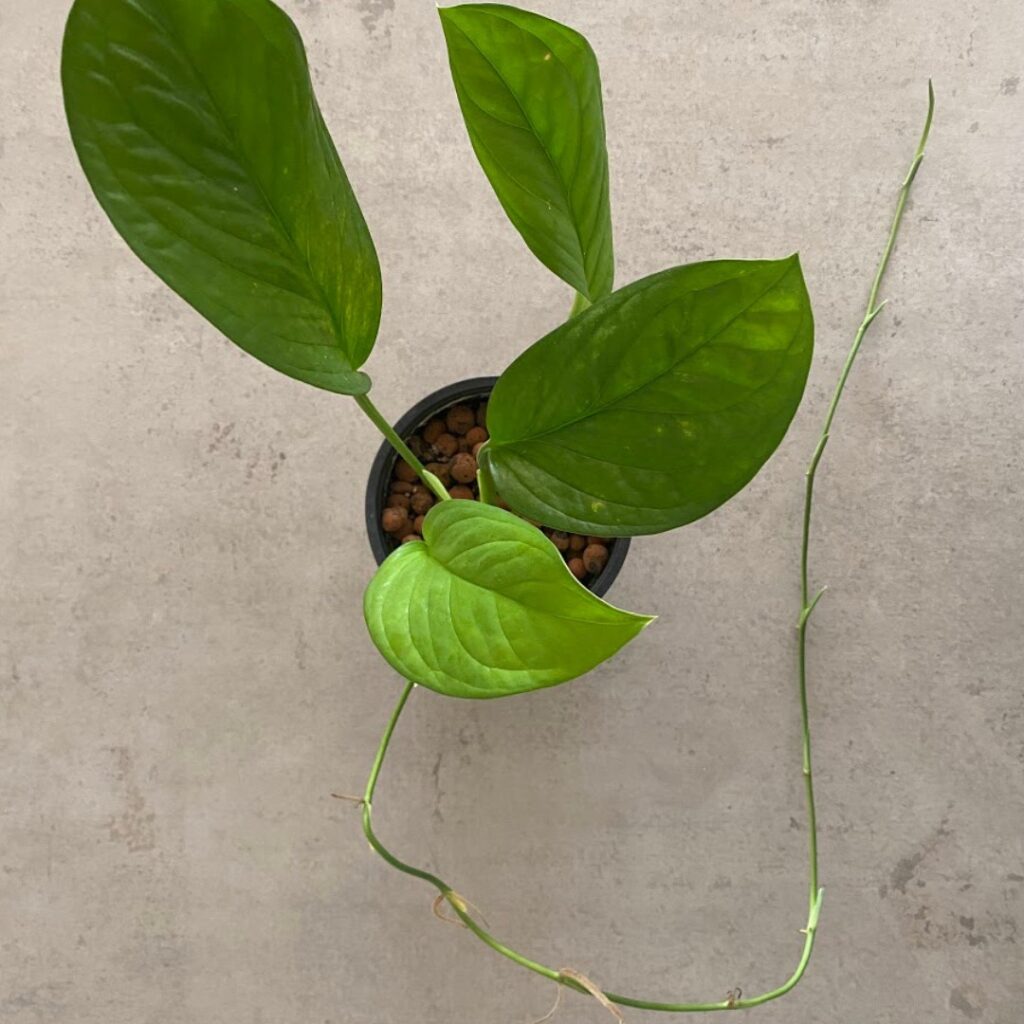
Monstera Pinnatipartita Vs Monstera Peru
The pinnatipartita and peru are often confused as they can look very similar when juvenile. The main differences are that the pinnatipartita has larger leaves and when it gets older it fenestrates and gets many splits in it’s leaves. If you think you might have a monstera pinnatipartita juvenile plant and are not 100% sure if might be peru: both plants are bullate with blistery looking leaves when young, but the peru is much more defined and pimples are deeper. The pinnatipartita has bullate leaves but they are flatter and less pronounced.
Monstera Pinnatipartita Vs Deliciosa
The monstera pinnatipartita and monstera deliciosa can be easily told apart, the deliciosa has smooth leaves where as the pinnatipartita has bullate, blistered leaves. They both do not have split leaves when young but fenestrate later on as they mature.
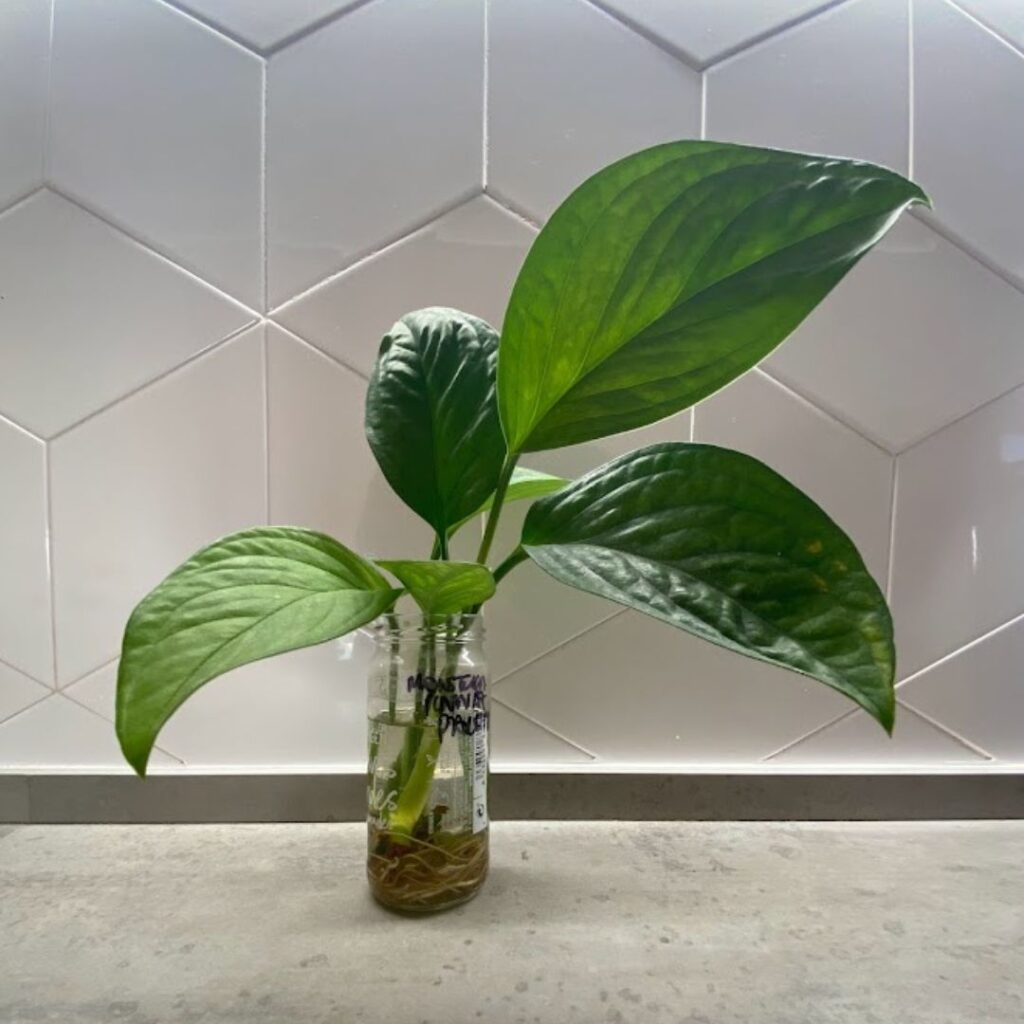
Monstera Pinnatipartita Vs Siam
The monstera pinnatipartita and the monstera siam are the same plants just sold under different names.
Monstera Pinnatipartita USDA Zone
10b-12. They like a warmer climate with minimum temperatures of about 10°C (50°F).
Where To Buy
Try one of these Rare Plant Shops. Or Etsy.
Monstera Pinnatipartita Common Name
It is sometimes called a philodendron silver queen, although it is not a technically philodendron. The correct name is monstera pinnatipartita.
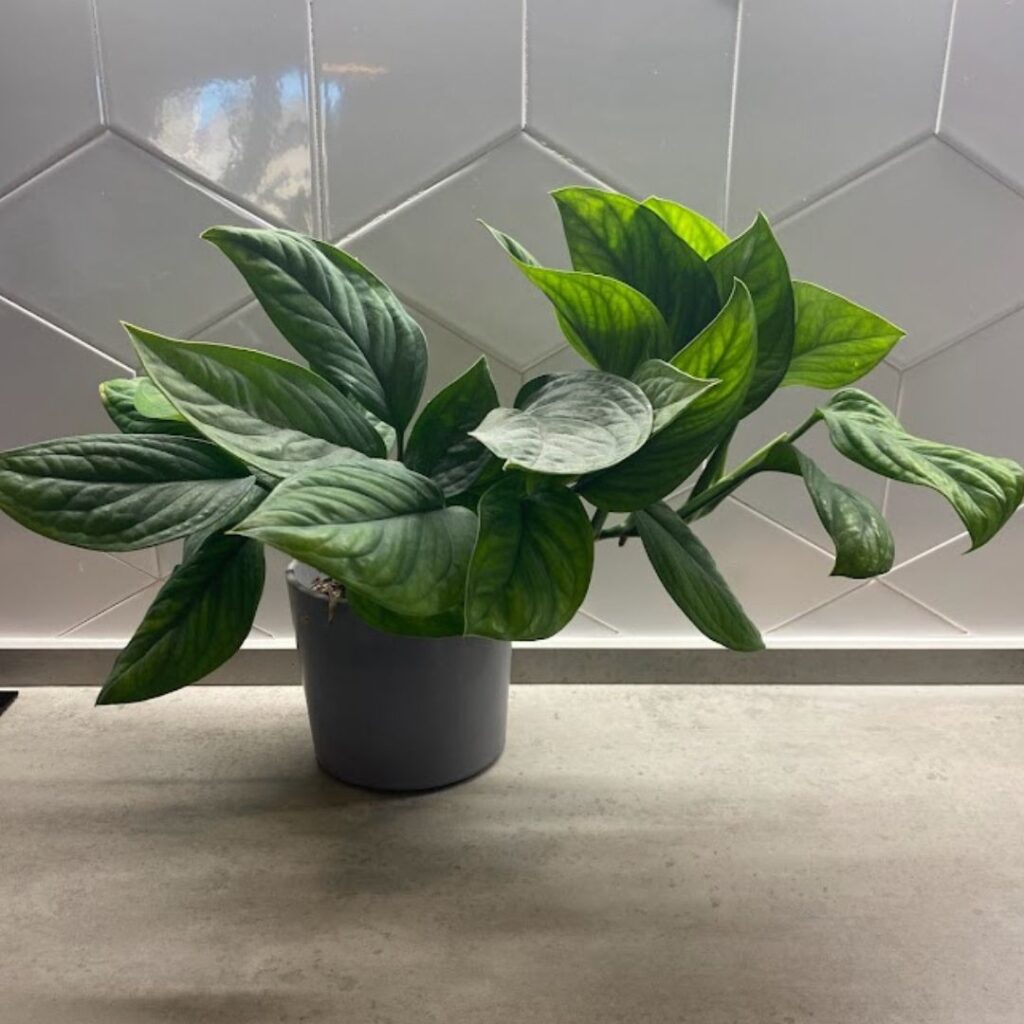
Monstera Pinnatipartita Care FAQs and Common Problems
Browning leaves are a common issue due to lack of humidity or underwatering. It can sometimes be due to overwatering, so make sure you check the soil and then adjust the watering accordingly.
Yellow leaves occur for a number of reasons, the most common being overwatering and root rot. It can also be from too much sun, or too little water. Make sure the plant is not in direct sunshine and water it only when the top 50% of soil is dry and make sure the water can drain off and the plant is not sat in water logged soil.
They are toxic to cats and can cause vomiting and more if eaten. Contact a vet if you pet has eaten any.
They can grow about half a meter (20 inches) a year when mature, and given a trellis or moss pole to climb up.
Monstera Pinnatipartita Fenestration
The pinnatipartita will fenestrate as it matures, if yours does not have split leaves be patient, they will come with time. Make sure you give it a moss pole or wood to climb up and you’ll encourage bigger leaf growth and fenestration.
Additional Resources
Links: Wikipedia.
Buy On Amazon (affiliate links):
- Humidity meter (a cheap way to monitor humidity and temperature levels)
- Humidifier (to maintain humidity levels)
- Compost / potting mix (Miracle Grow)
- Perlite (to add drainage to soil mixes)
- Moss pole
- Plant Pots
- How Not to Kill Your Houseplant (book)
Other Articles You Might Like
You might also like our other articles: Monstera Epipremnoides, Monstera Peru, Monstera Dubia.
Please follow us on Instagram and Pinterest for regular plant updates and occasional plant giveaways.
